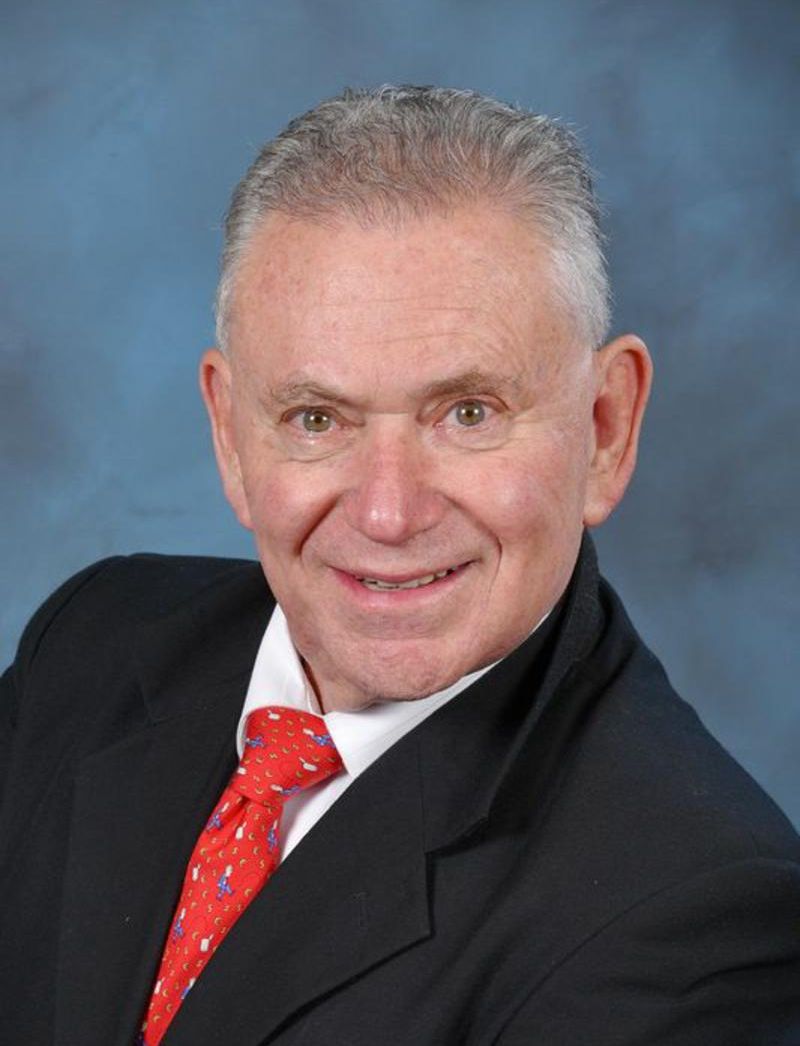Our Investment Strategy
The three pillars of our investment philosophy are:
- Simple is better than complicated.
- Protecting assets comes first.
- Diversification by Asset Class & Sector guide equity selection.
Our Services & Our Fees
OUR SERVICES:
We follow a rational, organized and sustainable philosophy and process for all clients…
STEP 1: Understanding what is of great significance and value to you, your family and the legacy you choose to leave.
STEP 2: Discuss our philosophy and the process we use to add value not just today but as you continue to make changes throughout your life.
STEP 3: Establish the appropriate custodian brokerage relationship. If you already have a special brokerage relationship we will contact those professionals and work closely with them.
STEP 4: Strategy meeting in person or via telephone. This is where we ensure we are completely aligned regarding your expectations for our suggested investment solutions, service levels, type and frequency of communication requested, and any family or business succession planning, charitable giving or other factors for which we can provide essential input.
STEP 5, at your request: Wealth Team integration — In light of the above, introduce ourselves to your CPA, attorney, insurance agent, estate planning professional or anyone else you want us to work closely with to ensure your financial plan is a success.
STEP 6, Ongoing: Create the portfolio and adjust accordingly as market conditions change and as your needs change over your lifetime. Provide feedback on a schedule you determine. Remain available to you for consultations and strategy discussions.
OUR FEES: We charge 1% of assets under management on amounts up to $500,000. On the portion of your portfolio above $500,000 we charge 0.75% or as negotiated.
Your Personal Investment Counsel…

Joseph Shaefer is Chief Investment Officer. The buck stops here.
Joe retired as Senior Vice President and head of the Fixed Income division of investment firm Charles Schwab to found Stanford Wealth Management and to speak and write on investment and geopolitical / economic subjects.
He is a 36-year veteran of the US Army and US Air Force, having served both active and reserve, stateside and deployed, retiring as a Brigadier General.
Joe is also the author of the investment classic Bringing Home the Gold. Joe has been interviewed on CNN, Fox, CNBC, ABC and other financial television and radio shows and has been quoted in Forbes, The Wall Street Transcript, Barrons, Financial World, the Wall Street Journal & many other publications.
Your Operations & Compliance Officer…
She has been a consultant to Goldman, Sachs and a number of other firms, and is an acknowledged expert in the financial services operations community.
Both Mr. Shaefer and Ms. Williams have attained the highest levels of certification in the brokerage industry (Registered Principal, Financial & Operations Principal, Municipal Securities Principal, Options Principal, etc.)
FAQs — Questions and Answers about Stanford Wealth
Q: Tell us your approach to portfolio management at Stanford Wealth Management.
A: Diversification is best accomplished not by owning a hodge-podge of individual equities but by creating a foundation using mutual funds, ETFs and quality individual company shares across a broad investment spectrum. Selecting the best asset classes and sectors at any given time come first. We then pursue what we believe are the creme de la creme of individual companies within those asset classes and sectors.
Too many individuals and money managers start with a discipline, but then meander through a series of purchases based on rumor, inside information (that really isn’t,) fear of missing something, fear and euphoria. They end up with a portfolio that looks as if 20 random strangers threw darts at the stock charts.
Q: How do you select individual stocks?
IWe are fundamental value investors. If it is appropriate for your portfolio, we employ value indicators such as Price/Earnings Ratio, Price/Book Value Ratio, Price/Sales Ratio, and Free Cash Flow, then review the company’s leadership position in its industry, the moat it has around its business, the quality of its management, and its financials. Finally, we see if there is a growth catalyst that will likely fire the imagination of other investors.
Q: What about takeovers — does that come into play in your consideration of a stock?
A: Yes and no. No, it isn’t part of what we think about when we buy a stock, but clients sometimes ask if we have some kind of inside information or stock tips because some of our companies are acquired. Honestly, we don’t have any information beyond what is available to anyone willing to tear into an annual report, a 10-k and a balance sheet! It’s just that we’re looking for the same financial and stock price qualities that potential corporate acquirers look for.
Since we look for the same things that many acquiring firms look for, we may have more of our holdings targeted as acquisitions by their competitors.
Q: Do you believe in top-down or bottom-up analysis of stocks?
A: Yes. Each in its own season. Too many professional money managers answer that question in the most sonorous tones, “Well, we are basically top-down macro-economic investors,” or, “Our analysis leads us to believe that a bottom-up approach yields the most compelling returns.”
While we first and foremost asset allocators, we don’t invest in a rigid manner. If we or a client uncovers a company that commands our interest, we will research that firm, we’ll talk to their management, customers and competitors, we’ll find out all about them, and then we’ll decide whether to buy the stock or not.
Q: Can an investor do the same thing you do — on their own?
A: Absolutely. All someone needs is the time to do the research and keep up with economic and geopolitical factors, a certain amount of experience to be able to separate the wheat from the chaff, and — most importantly — the discipline to stick to their asset allocation plan and industry and stock selection.
Q: Does Stanford Wealth have a “typical” client?
A: Yes. Our clients typically become clients because they have a full-time career or recognize that they would rather spend their precious time on the links or with their grandchildren. They make more money doing surgery or building companies or guiding river adventures, so they devote their lives to what they are best at and ask us to handle the part we are best at.
Q: Do you have a succession plan in place?
A: We plan to continue what we are doing for many more years. We do not have a formal agreement with any firm, but we have held proprietary discussions with other firms and selected one in particular that we may join forces with if ever we retire. Our negotiations in this area have centered around a smooth, months- or years-long transition where the boutique and family office style we have built is separately maintained even if under the umbrella of a larger firm.
Q: How can I discuss my needs with you?
A: Call us at 775 832-5440 or e-mail us at inquire@stanfordwealth.com. One of our partners will respond personally.
